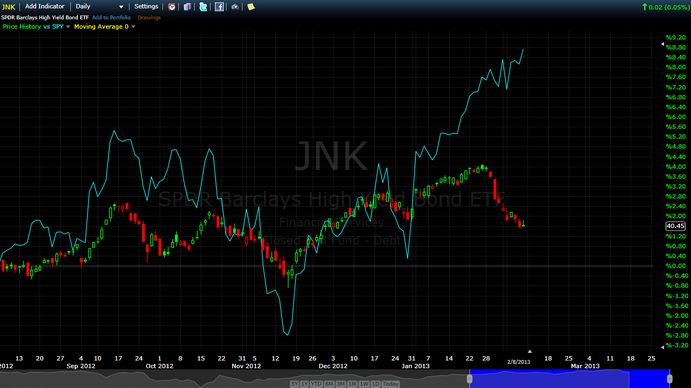IBM (IBM) is owned by Warren Buffett, yet disliked by the broader market.
At the same time, the stock trades near multi-year lows, providing an interesting opportunity to own the stock close to recent lows.
The reasons the Net Payout Yields portfolio owns the stock are mostly different than Buffett.

Buybacks
However, we share an appreciation for the perceived value of a long-term technology franchise.
While Buffett does acknowledge large stock buybacks as part of the reason for owning IBM, it is the primary reason this portfolio owns the stock.
The Net Payout Yields portfolio focuses solely on stocks with a high combination of the net stock buyback yield and forward dividend yield to signal an attractive value in a stock.
Buying Opportunity
In my opinion, a stock like IBM that has declined from around $190 to below $155 (as of March 16) in less than six months is more attractive now.
The lower the stock goes, the more the company can reduce the outstanding share count with an equivalent amount of cash. The less shares outstanding the more an equal level of earnings will increase the earnings per share.
With a dividend yield of around 2.8%, IBM needs a large stock buyback to remain in the model that targets large cap stocks (market value in excess of $10 billion) with yields in excess of 8%.
In essence, IBM needs to reduce the share count by over 5% per year to make the stock attractive to this model.
In the last four quarters IBM has repurchased the following amounts of stock, according to its investor relations website:
· Q114: $8.17 billion
· Q214: $3.66 billion
· Q314: $1.72 billion
· Q414: $0.13 billion
In total, the company has repurchased about $13.7 billion worth of stock in the last four quarters.
Dividend Yield
Subtracting the value assigned to the issuance of stock options, the net stock repurchases are closer to $13.0 billion for the last four quarters.
With a market value of around $152 billion, the net buyback yield sits at around 8.3%. Add the 2.8% dividend yield and the NPY hits a very attractive and robust 11.1%.
With 10-year Treasury yields around 2.1%, IBM is a very attractive stock in my opinion that has returned 11% of capital to shareholders in my opinion.
Selling Trigger
The reason to sell a NPY stock is that the yield drops below the target.
This occurs for two prime reasons: large stock gains that reduce the impact of a stock buyback or corporate decisions to eliminate a stock buyback, dividend or a combination of both.
In the case of IBM, the prime concern for this stock is the low stock buyback during Q4 along with declining cash flows and higher debt.
Unless the technology company spends over $8 billion on stock buybacks during Q115, the yields decline.
IBM approved another $5 billion for stock buybacks back in October and has over $6 billion still authorized after a limited Q4 buyback.
Clearly the yield will decline some after the Q1 buybacks, but it should still provide an attractive yield.
Takeaway
While the fundamental story in IBM is admittedly shaky, the NPY concept helps investors focus on the valuation inherent in a stock with the financial ability to substantially reduce the outstanding shares while paying a solid dividend.
Even better, a stock like IBM benefits from buying stock at lower prices after the recent stock slump. Now if the company fails to use the lower stock price to buy more shares, than we’ll use that information to re-analyze the position.
With a major shareholder like Buffett talking up the buybacks that doesn’t appear to be the case and that’s why we still own the stock.
Photo Credit: Patrick via Flickr Creative Commons
Disclosure: Long IBM. The information contained herein is for informational purposes only. Nothing in this article should be taken as a solicitation to purchase or sell securities. Before buying or selling any stock you should do your own research and reach your own conclusion or consult a financial advisor. Investing includes risks, including loss of principal. .
The investment is presented for discussion purposes only and a reliable indicator of the performance or investment profile of any composite or client account. Further, the reader should not assume that any investments identified were or will be profitable or that any investment recommendations or that investment decisions we make in the future will be profitable.


